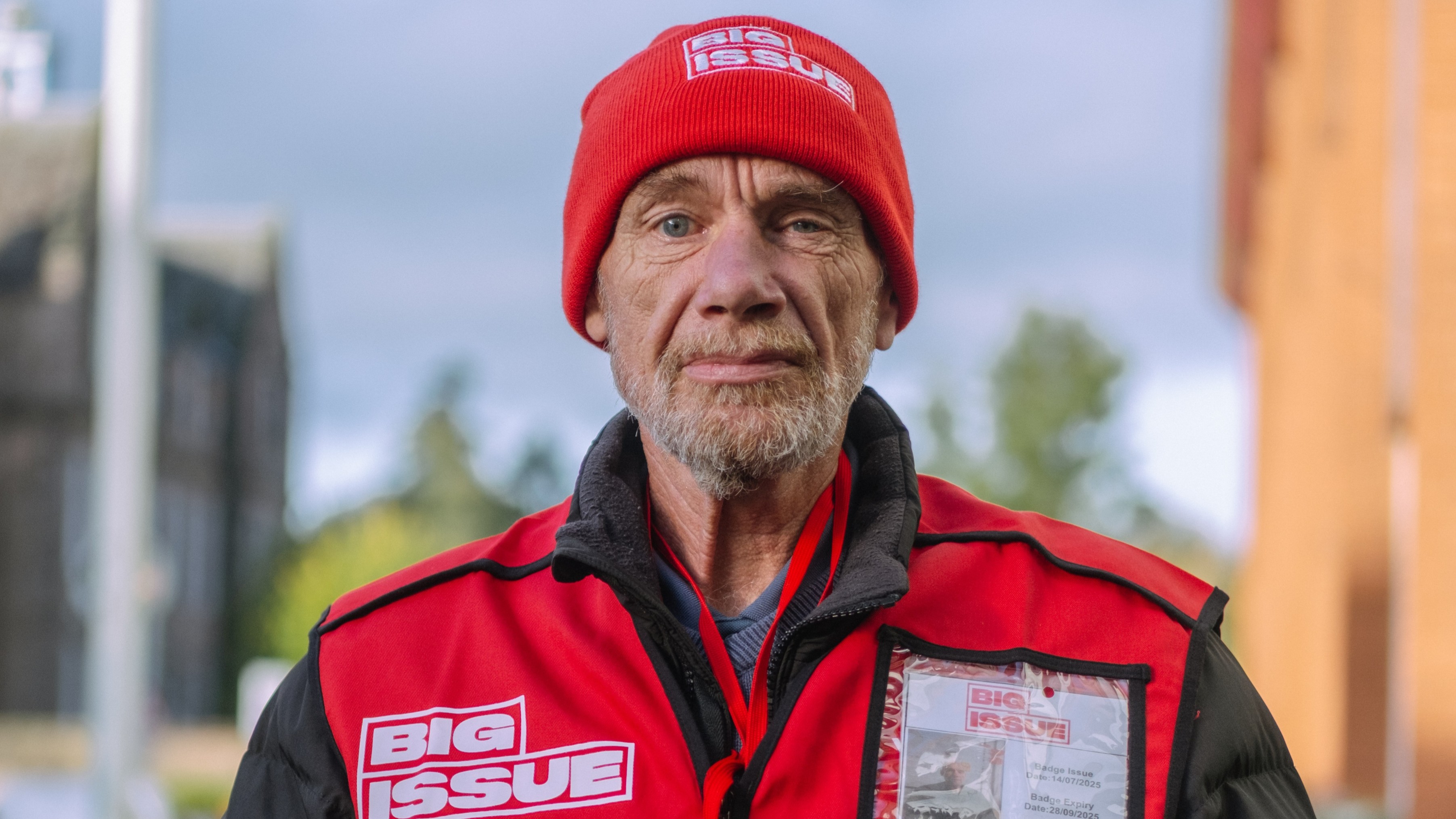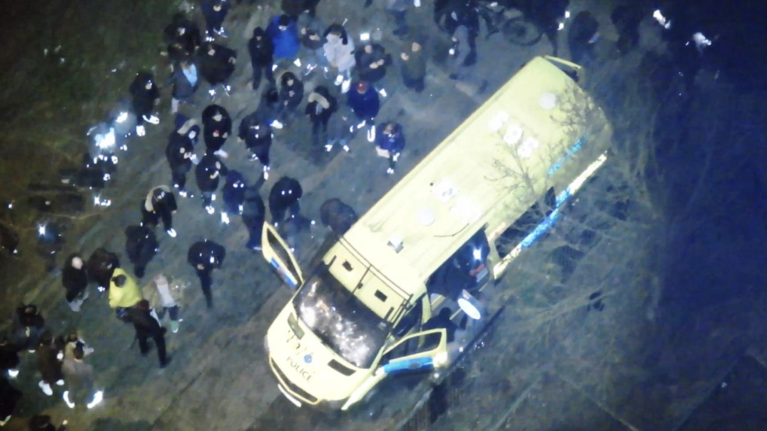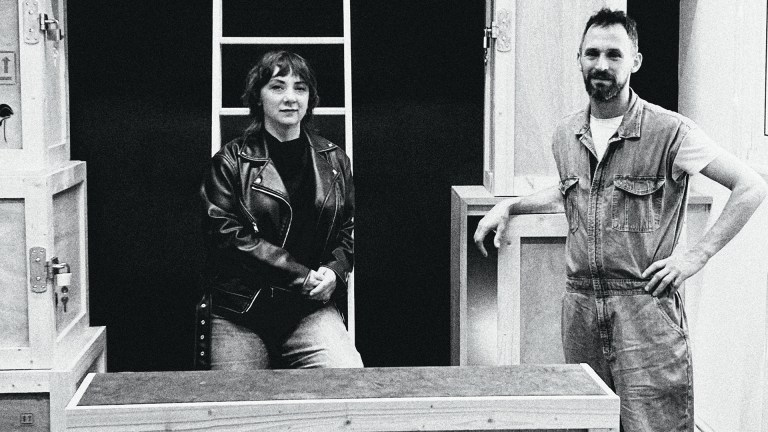In the last year alone, 2.1 million people aged 16-plus were recorded as victim-survivors of domestic abuse. This number reveals a national crisis, but the reality is even worse. National statistics are skewed by changes in police reporting, and many victim-survivors do not feel supported to report in the first place – the true figure could be double that on record.
All of us will know someone who has experienced domestic abuse, and if you follow that to its natural conclusion, we will all know someone who has been abusive too.
For decades, the responsibility for action has been left to survivors, most often women, to leave, to seek emotional support, and to report their abusers to authorities. This system relies on services structured around the inevitability of male violence against women, services which are then funded so poorly that they cannot help the never-ending revolving door of victims.
A new government holds the power to change this story. To take the view that domestic abuse is an issue to be solved rather than a norm to be accepted, and to put action behind that to make real change.
If the new government are to achieve their commitment of halving violence against women and girls in a decade, they will need to do more than fund support services (though that is an essential place to start). They will need to provide political, social and sector-wide solutions to the growing problem of gendered violence that address the roots of the harm.
At Cranstoun we look for radical, innovative approaches to social justice issues by getting to the heart of the problem. When it comes to domestic abuse we consider what creates a culture that normalises violence and coercion in relationships, and how to hold perpetrators to account. We look to the deeply-held gendered roles in our society, and social structures built on power, wealth and control that celebrate competition and individualism over community and care. And we recognise the lack of positive role-modelling of healthy relationship behaviours, in the home, in school curriculums and in popular culture. We bring this learning into our work to place responsibility on perpetrators of abuse through behaviour-change interventions, measured by the subsequent safety of the victim-survivor.





